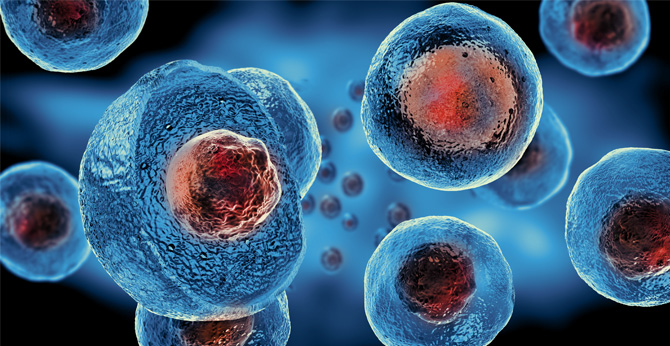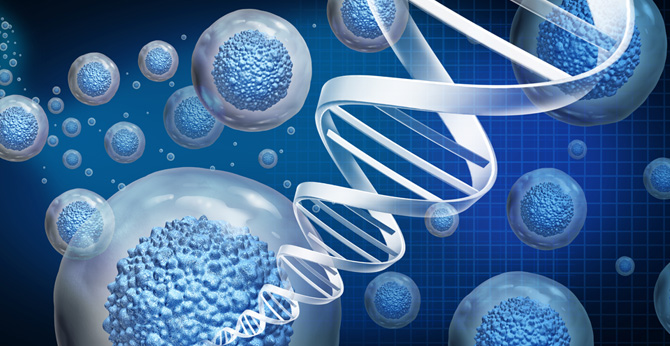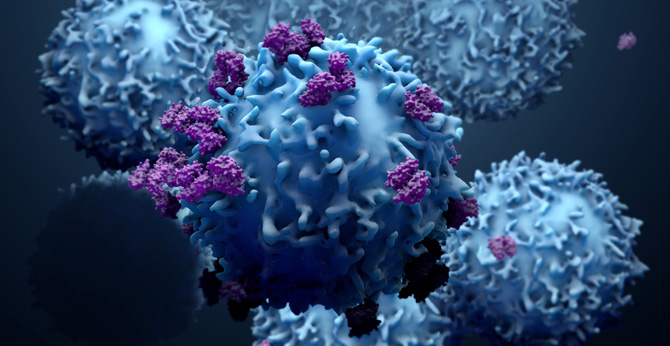All products and services are For Research Use Only and CANNOT be used in the treatment or diagnosis of disease.
The vector of anti-CD20 chimeric antigen receptor (CAR) is constructed for the engineering of T cells to target human CD20. The T cells are genetically modified through transduction with a lentiviral vector expressing scFv of anti-CD20 antibody linked to CD28 signaling domains. And the vector product was designed for the treatment of CD22+malignancies, B-cell lymphoma, mantle cell lymphoma, CD20+ diffuse large cell lymphoma (DLCL), leukemias.
|
CAR Construction :
Fig.1 Detection of 1F5 scFv-Ig by Western blot analysis. 1F5 scFv-Ig from COS cell supernatants were detected by probing Western blots using alkaline phosphatase-conjugated GAH after separating these proteins on reducing (A) and nonreducing (B) SDS-PAGE gels. Neg., Supernatants from cells transfected with pCDM8 vector without inserts. Daming. S., Oliver. W. P., Theta. T., Martha. S., Hayden, J. A. (1999). Characterization of scFv-Ig Constructs Generated from the Anti-CD20 mAb 1F5 Using Linker Peptides of Varying Lengths1. J Immunol 1 June, 162 (11), 6589-6595. |
|
CAR Construction :
Fig.2 1F5 scFv-Ig binding demonstrated by flow cytometry. A total of 105 Jurkat or Ramos cells were incubated with PBS or 50 μg/ml 1F5 scFv-Ig for 45 min at 4°C followed by washing and incubation with FITC-labeled GAH for 30 min at 4°C. Daming. S., Oliver. W. P., Theta. T., Martha. S., Hayden, J. A. (1999). Characterization of scFv-Ig Constructs Generated from the Anti-CD20 mAb 1F5 Using Linker Peptides of Varying Lengths1. J Immunol 1 June, 162 (11), 6589-6595. |
|
CAR Construction :
Fig.3 Binding activity of 1F5 scFv-Ig demonstrated by ELISA. A total of 105 Ramos cells were incubated with different concentrations of 1F5 scFv-Ig, followed by incubation with a peroxidase-conjugated GAH second Ab. Daming. S., Oliver. W. P., Theta. T., Martha. S., Hayden, J. A. (1999). Characterization of scFv-Ig Constructs Generated from the Anti-CD20 mAb 1F5 Using Linker Peptides of Varying Lengths1. J Immunol 1 June, 162 (11), 6589-6595. |
More Published Data More Published Data
There are currently no customer reviews or questions for Anti-CD20 scFv h(CD28) CART, pCDCAR1 (CAR-T-1-M302-2). Click the button below to contact us or submit your feedback about this product.
For research use only. Not intended for any clinical use. No products from Creative Biolabs may be resold, modified for resale or used to manufacture commercial products without prior written approval from Creative Biolabs.
For any technical issues or product/service related questions, please leave your information below. Our team will contact you soon.
 NEWSLETTER
NEWSLETTER
The latest newsletter to introduce the latest breaking information, our site updates, field and other scientific news, important events, and insights from industry leaders
LEARN MORE NEWSLETTER NEW SOLUTION
NEW SOLUTION
CellRapeutics™ In Vivo Cell Engineering: One-stop in vivo T/B/NK cell and macrophage engineering services covering vectors construction to function verification.
LEARN MORE SOLUTION NOVEL TECHNOLOGY
NOVEL TECHNOLOGY
Silence™ CAR-T Cell: A novel platform to enhance CAR-T cell immunotherapy by combining RNAi technology to suppress genes that may impede CAR functionality.
LEARN MORE NOVEL TECHNOLOGY NEW SOLUTION
NEW SOLUTION
Canine CAR-T Therapy Development: From early target discovery, CAR design and construction, cell culture, and transfection, to in vitro and in vivo function validation.
LEARN MORE SOLUTION